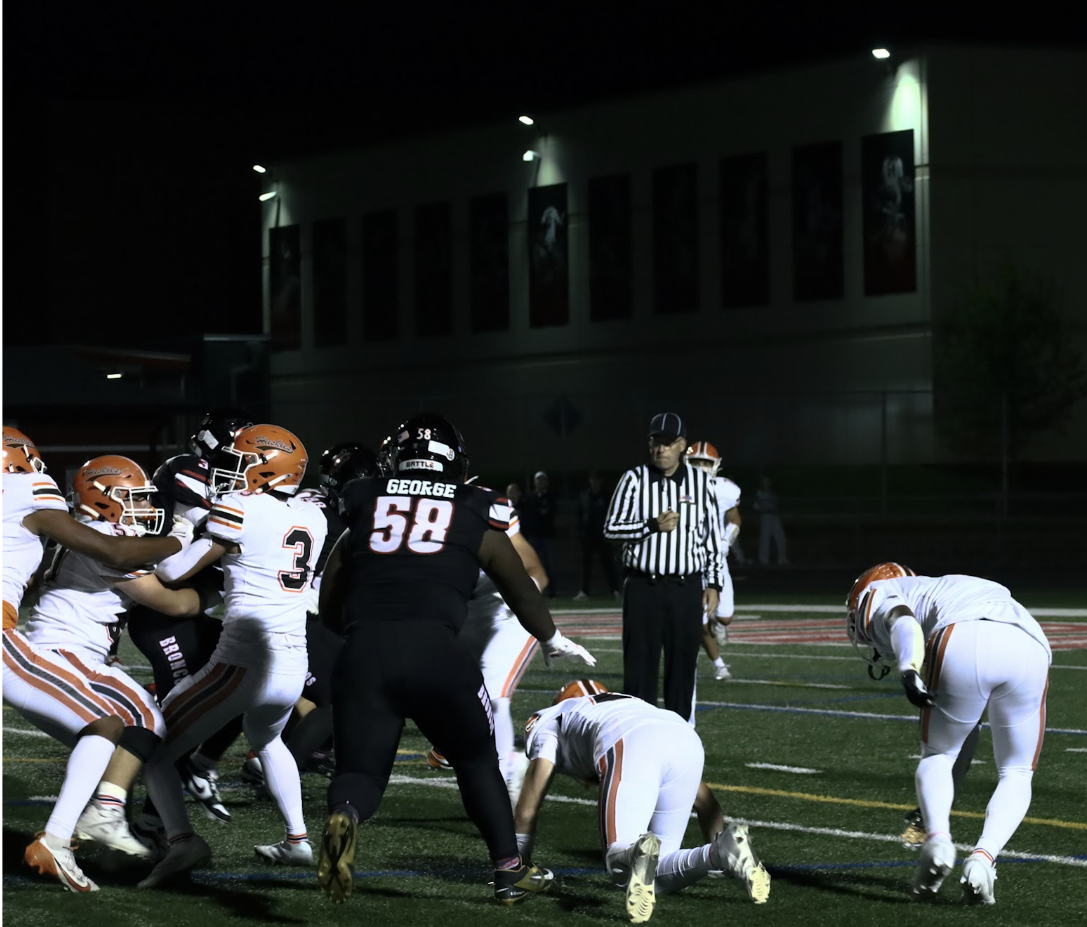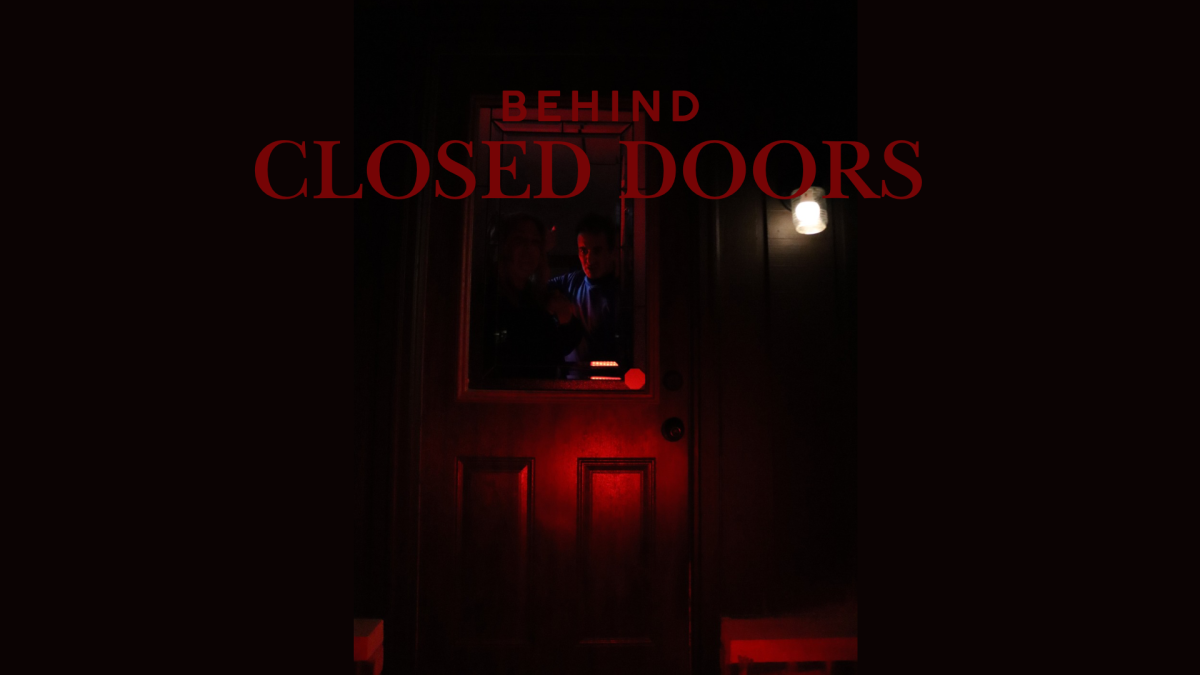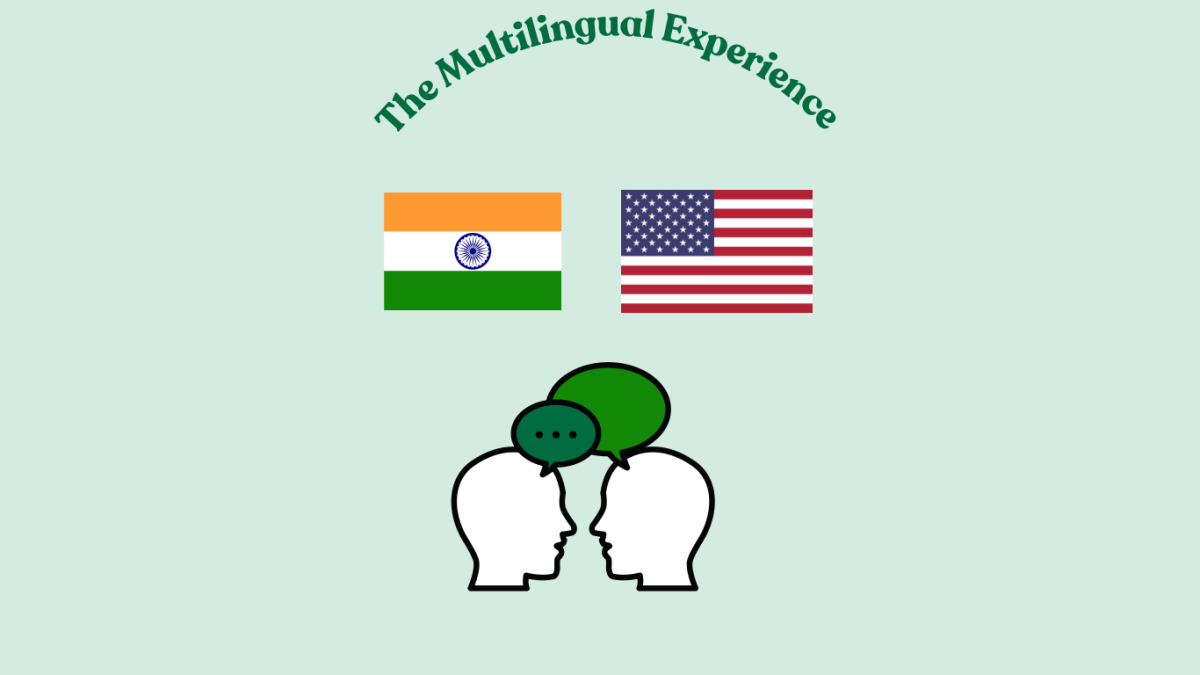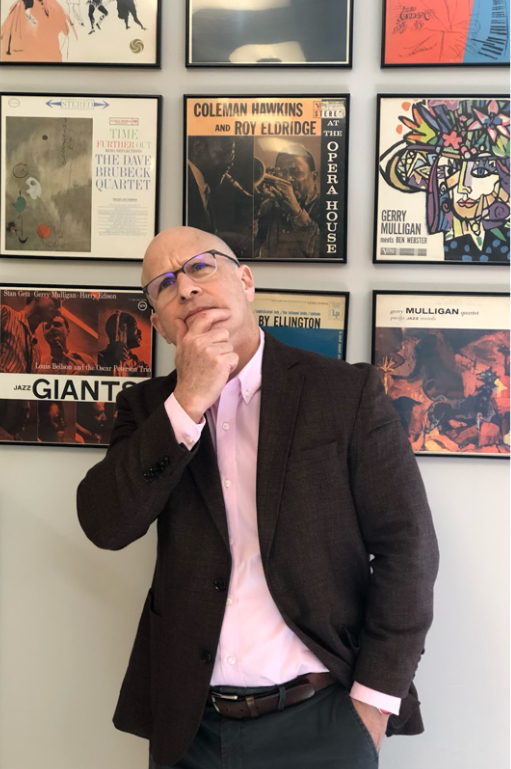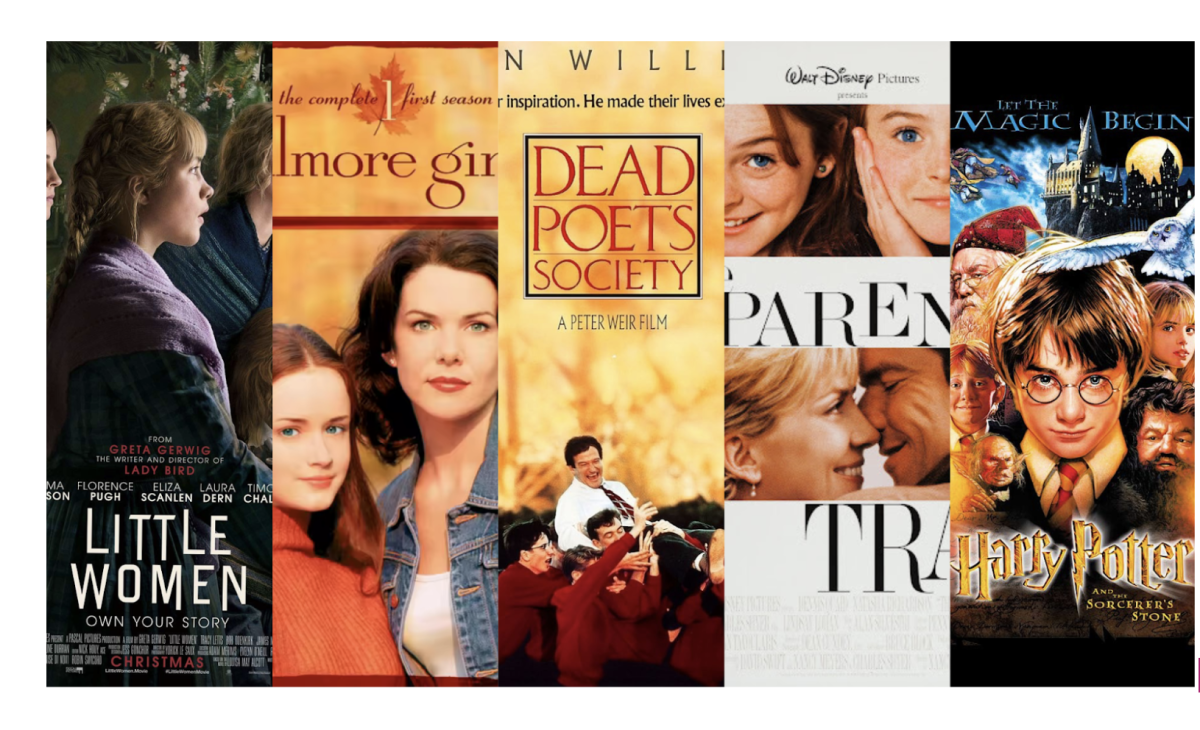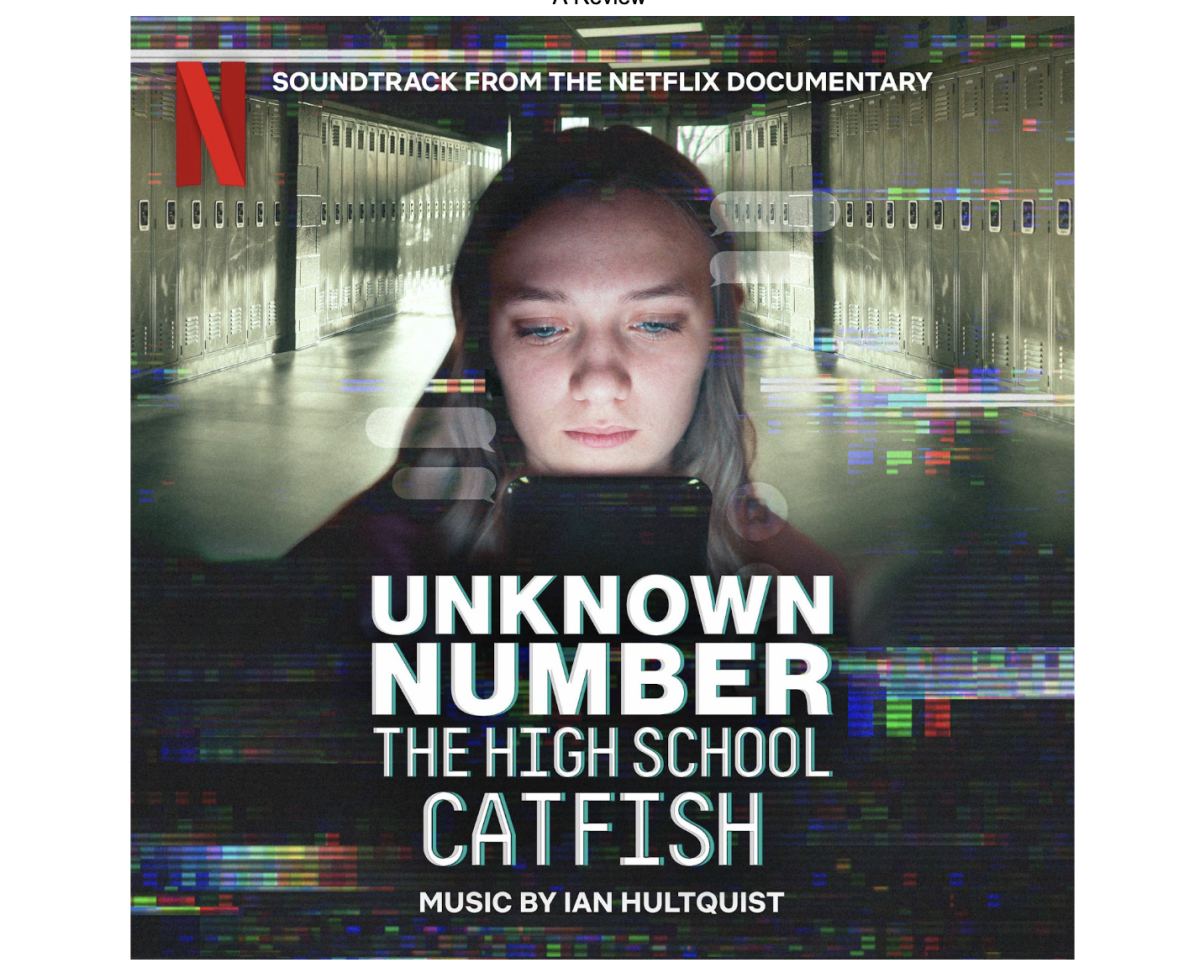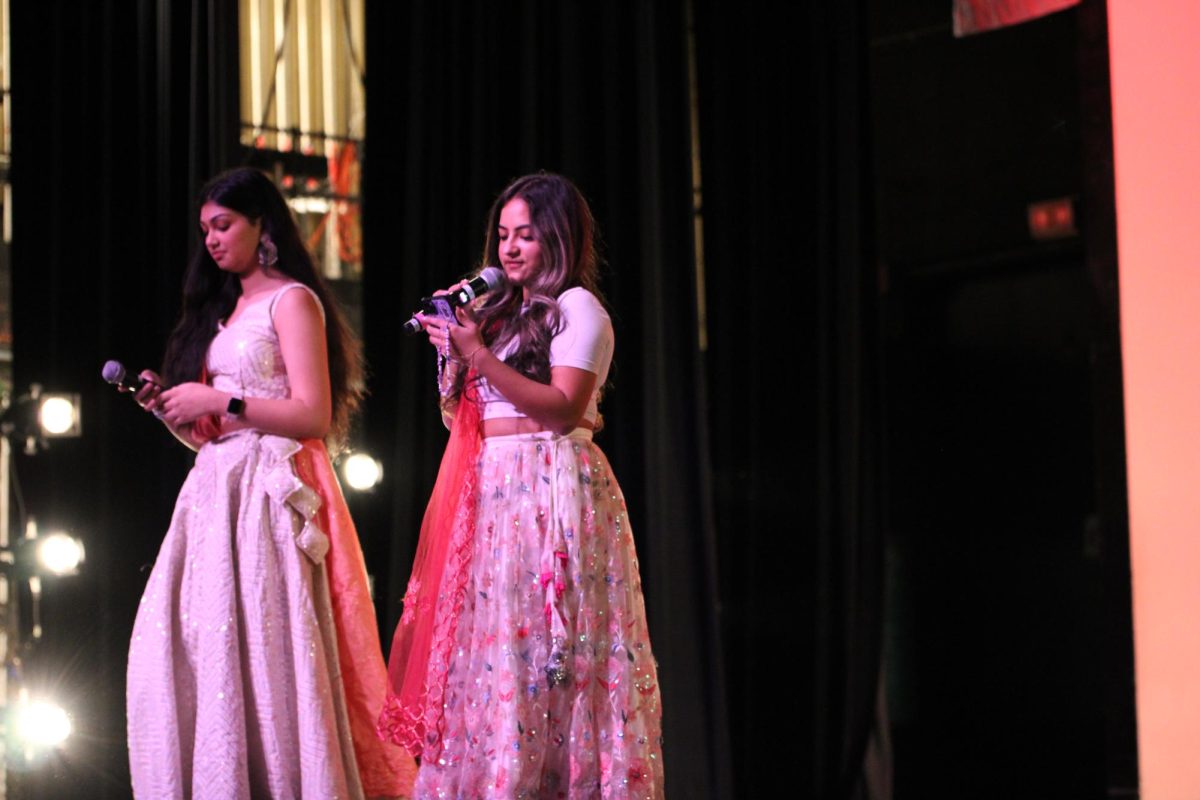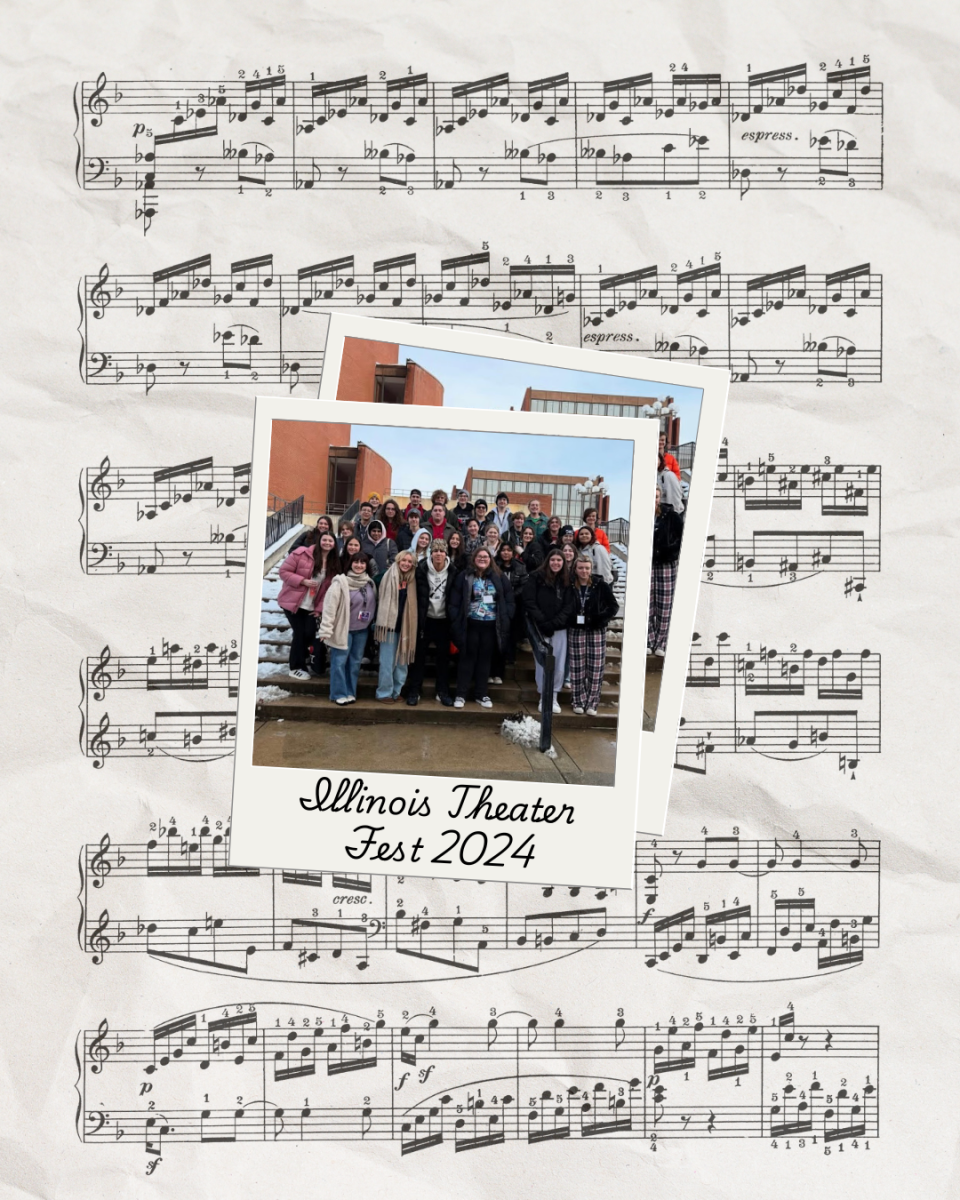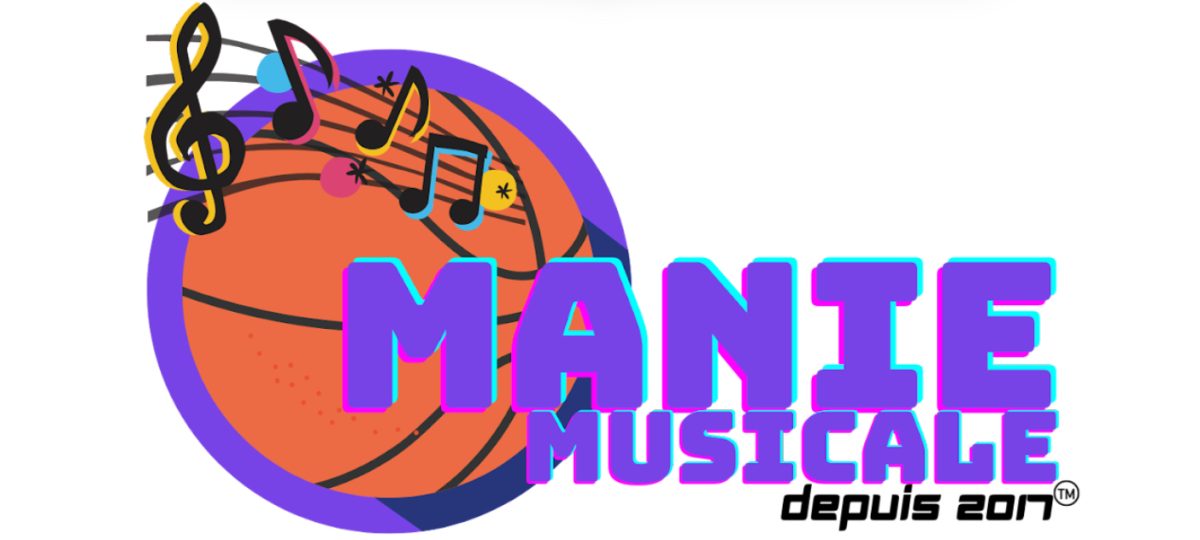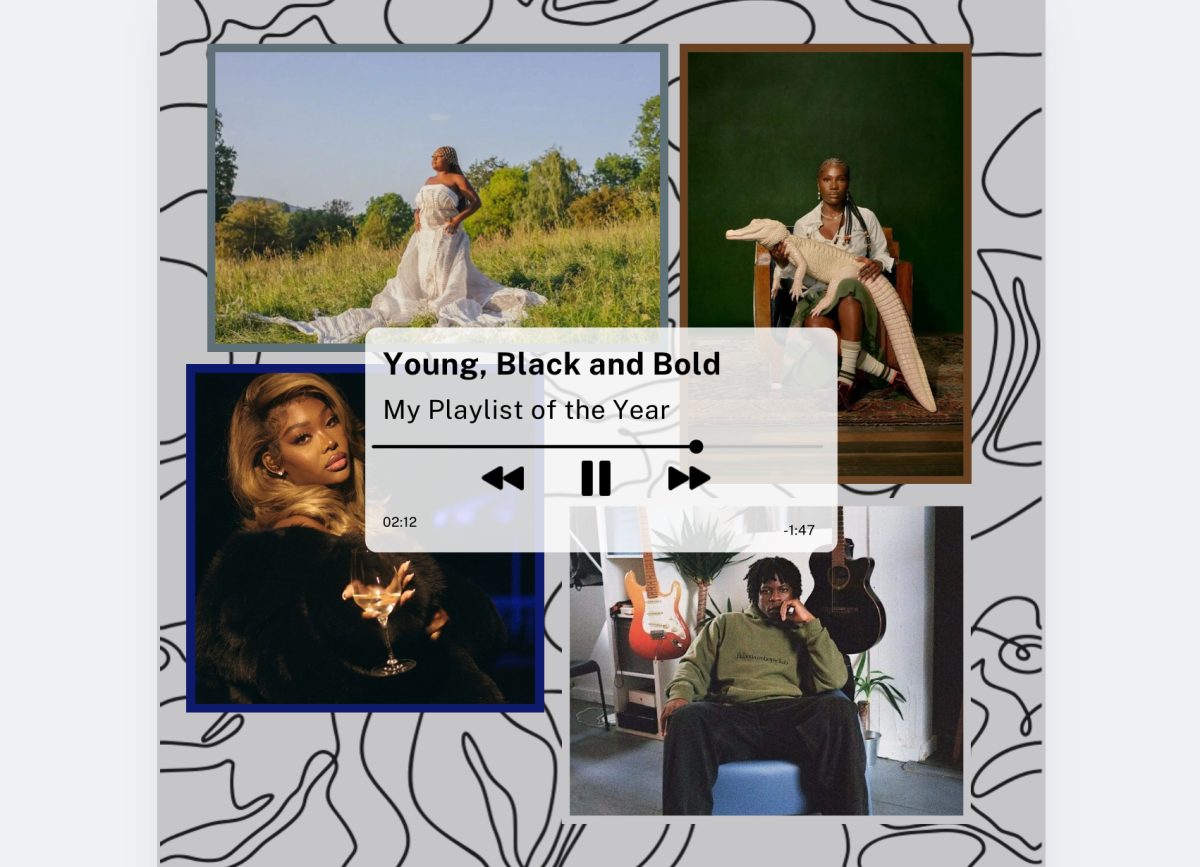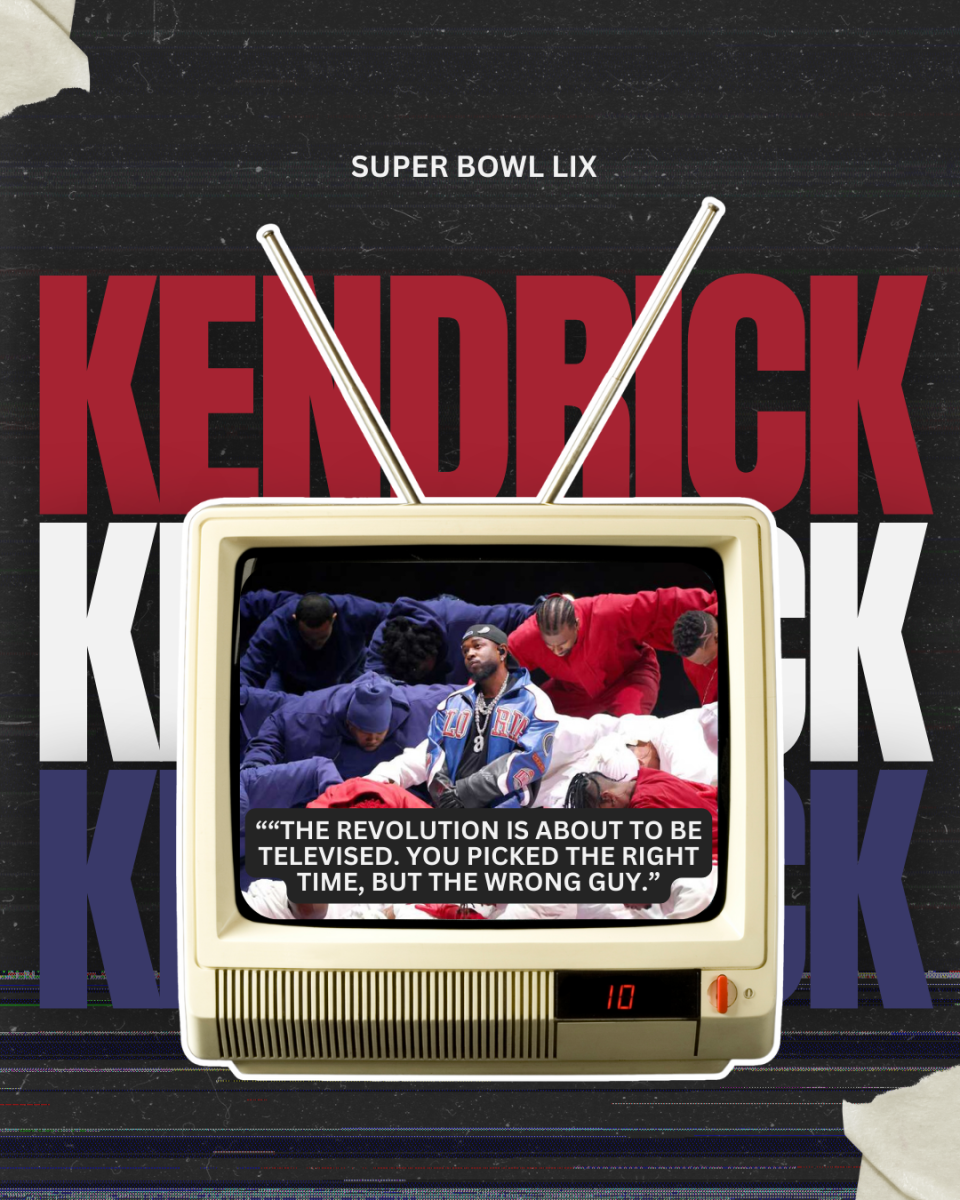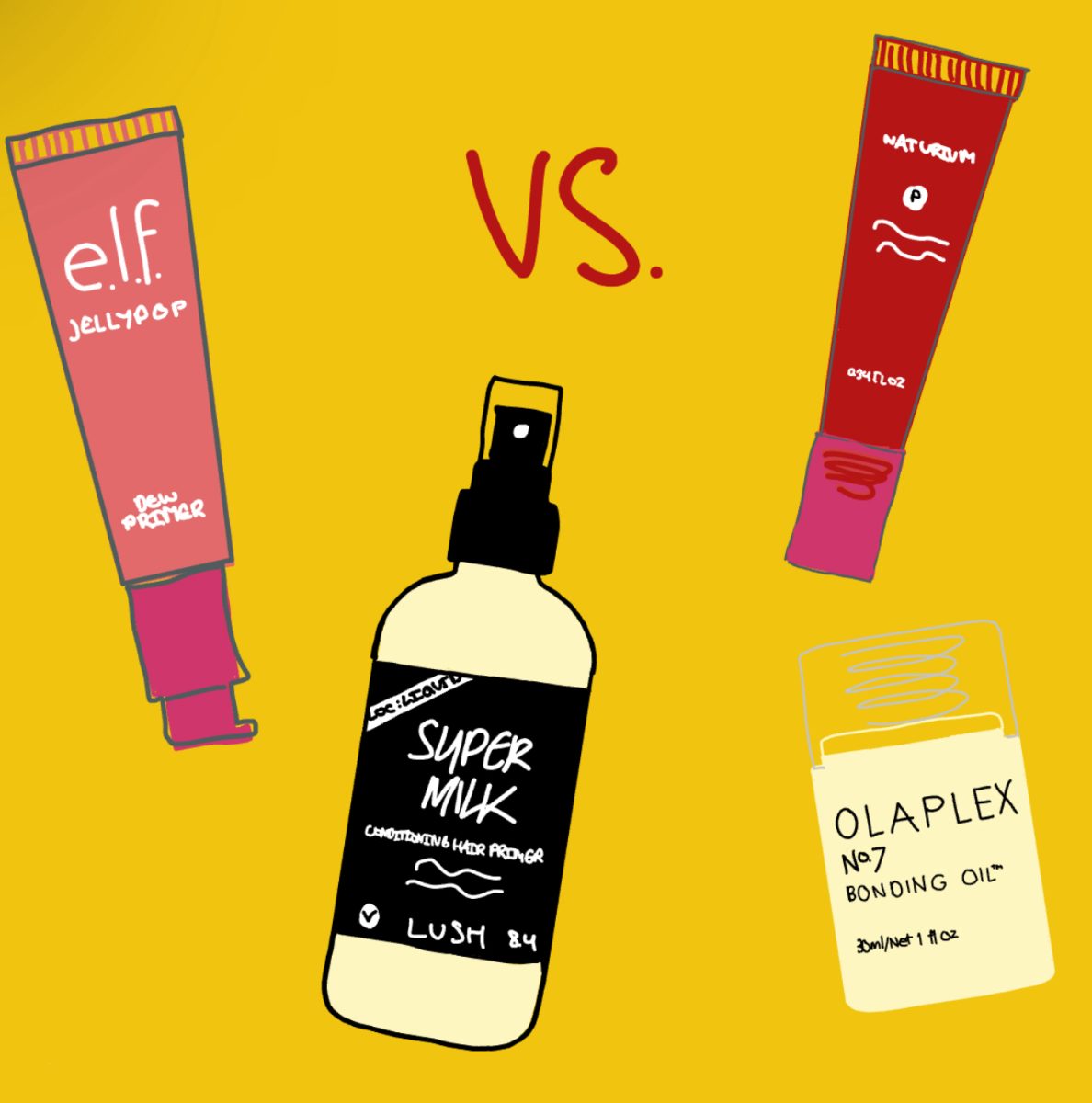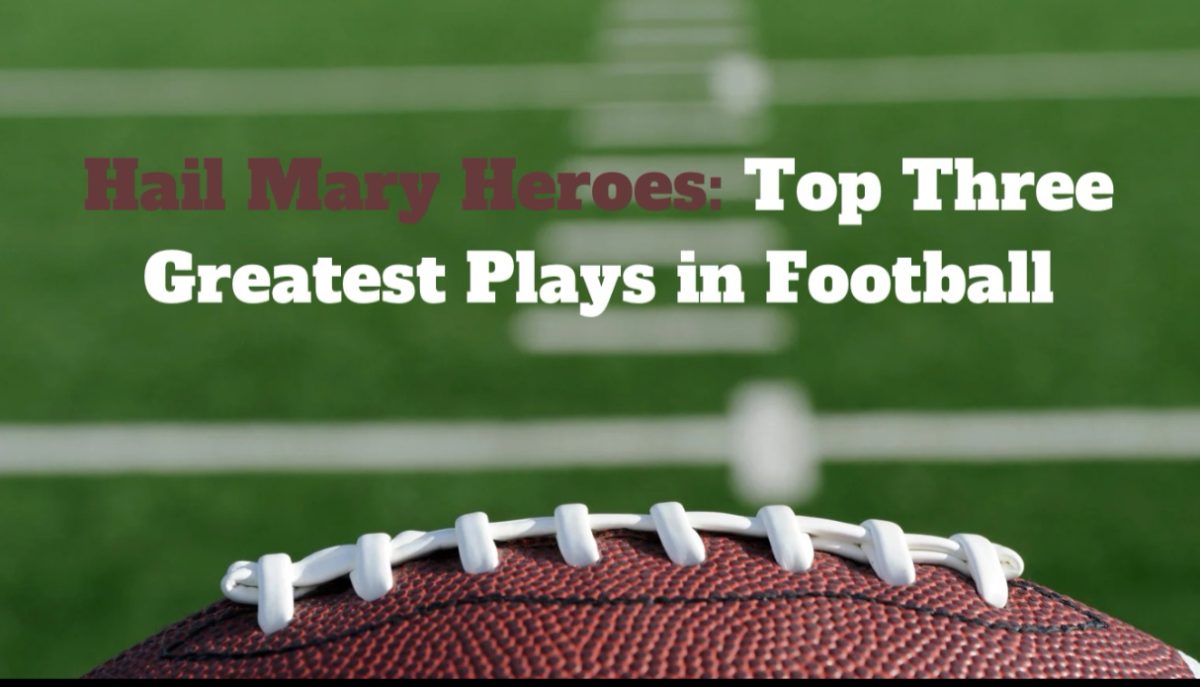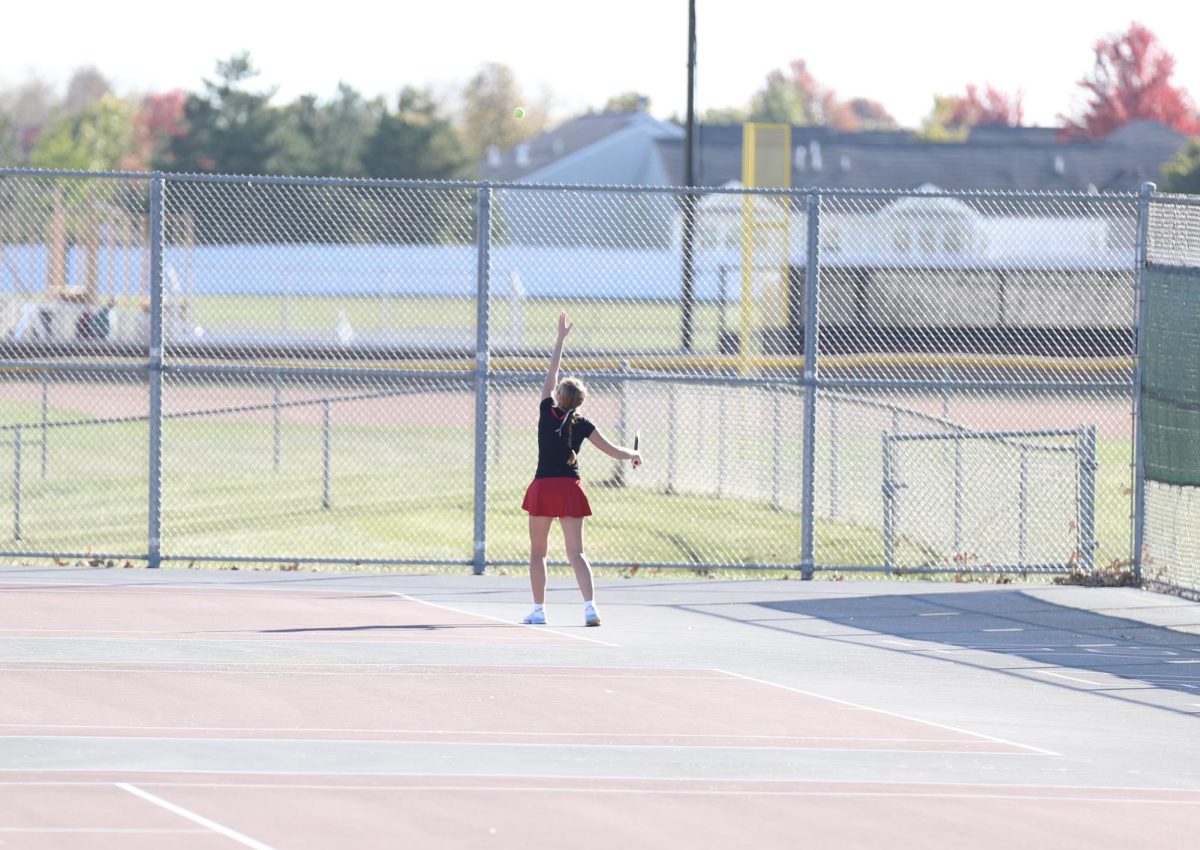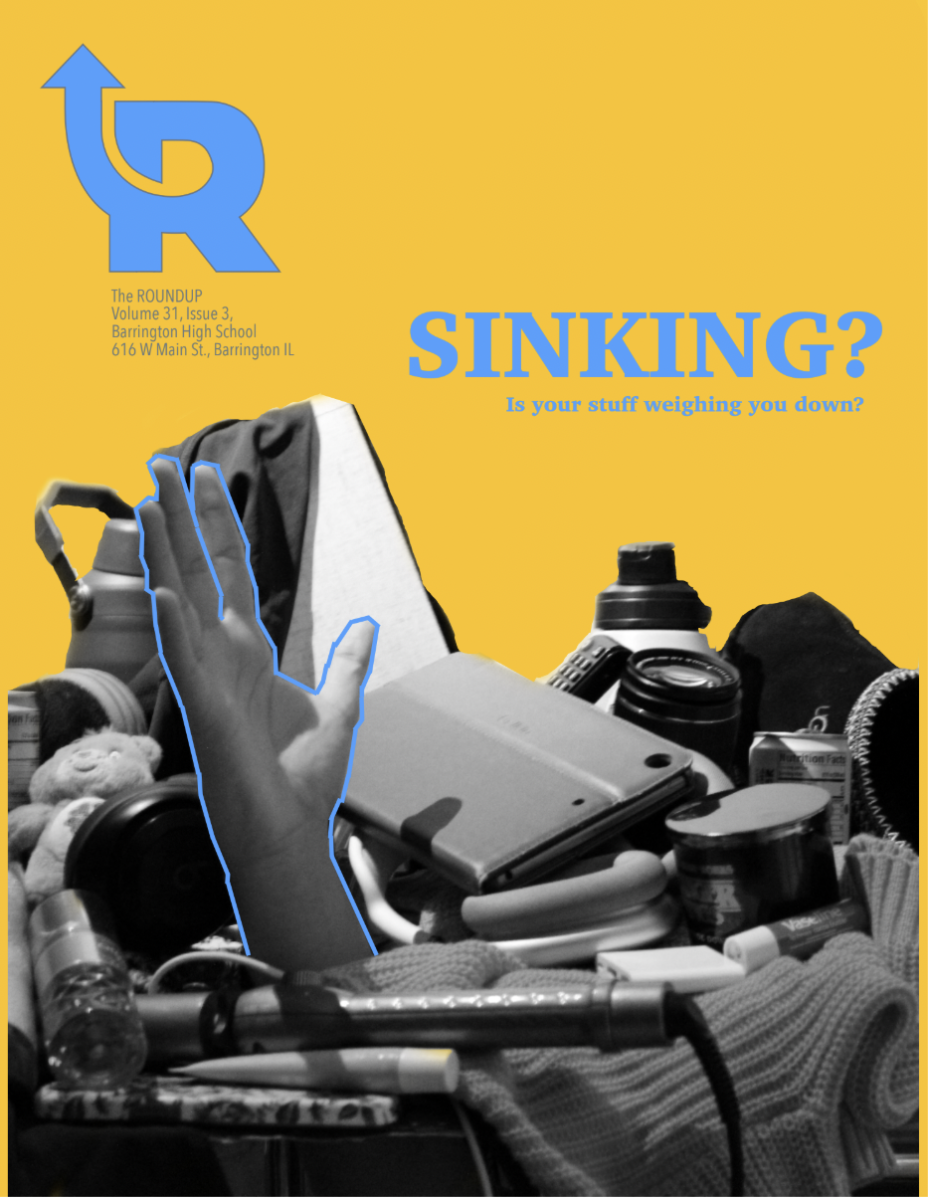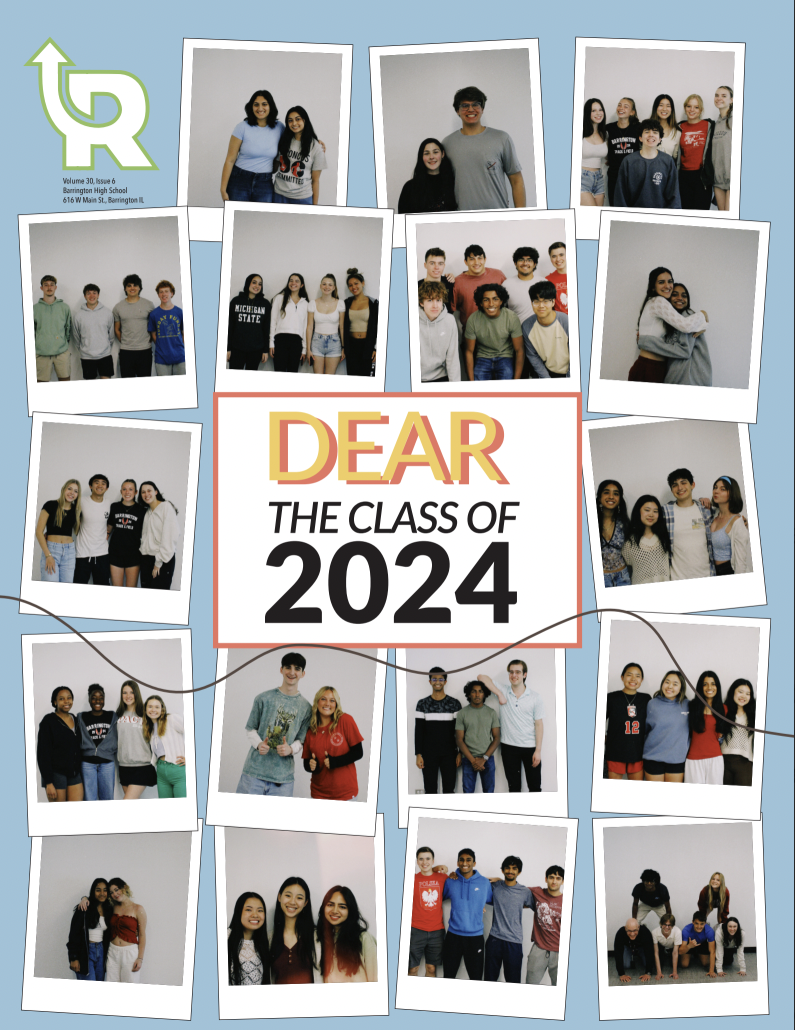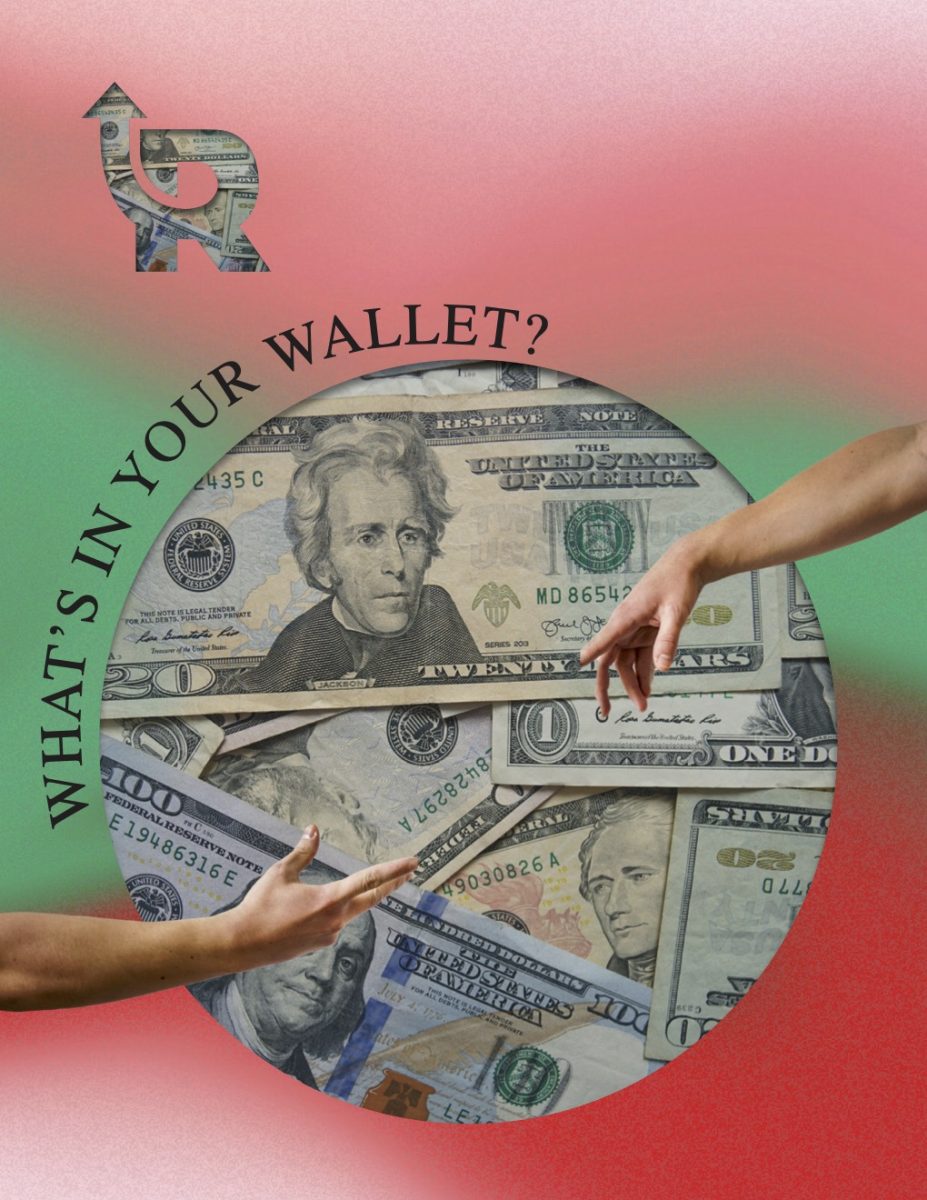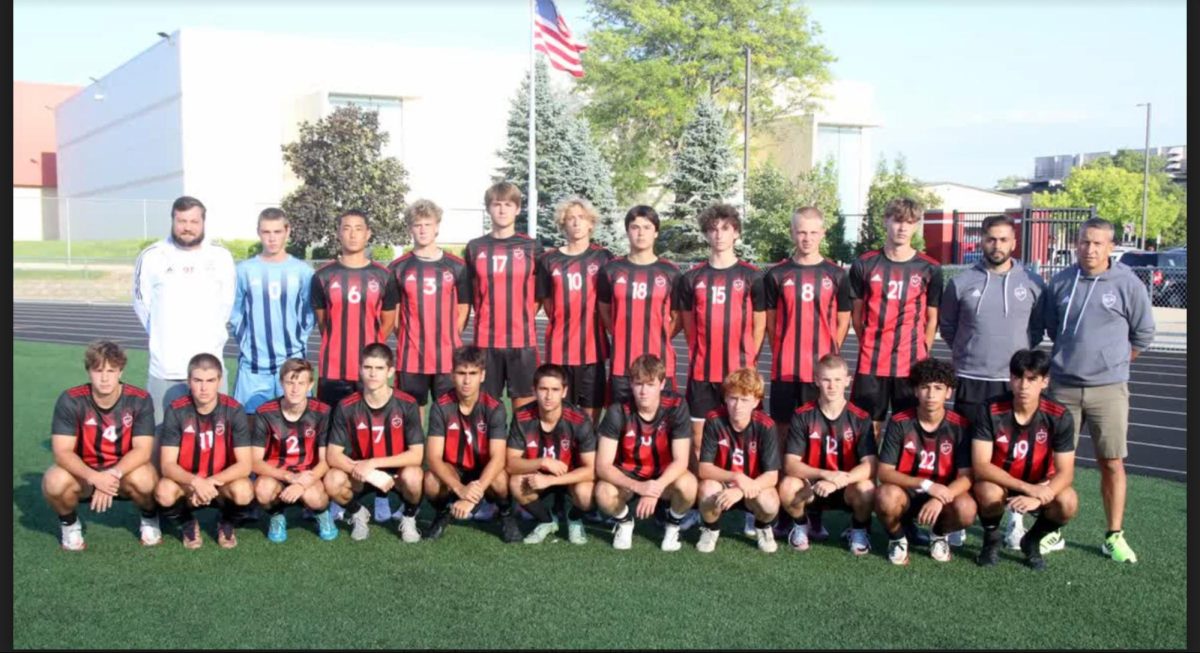The Ballon d’Or shines as soccer’s pinnacle honor, celebrated throughout the world. It was established in 1956 by France Football Magazine, known as an annual award given to the world’s best male or female soccer player of the year. It is a prestigious recognition of individual excellence, honoring outstanding achievements and contributions on and off the pitch. But, while American sports culture thrives on American football, basketball and baseball, soccer grapples for attention. So, do Americans know what the Ballon d’Or is? Do they even care?
This year, Lionel Messi won the men’s Ballon d’Or, his eighth year of receiving the award, three awards ahead of his notable soccer ‘rival’ Cristiano Ronaldo. However, the main contenders this year were also Manchester City striker Erling Haaland (who won Premier League, FA Cup and Champions League), and Kylian Mbappe, a striker for Paris Saint-Germain, who won the Golden Boot at the 2022 World Cup.
There was a lot of controversy with Messi’s win, especially with Cristiano Ronaldo’s fanbase.
But, while the rest of the world is fighting over who should have won the award on social media, a large number of Americans were busy supporting local teams of various sports or watching NCAA Divisions on ESPN. Besides a handful of American influencers, not a lot of people sparked conversation about this year’s Ballon d’Or winners.
The American sports landscape is highly competitive. Major sports leagues like the NFL, NBA, MLB and NHL dominate the media, drawing massive viewership and attendance from a vast majority of Americans. According to Startup Talky, the global sports market has grown tremendously from $486.61 billion in 2021 to $512.14 billion in 2023. Unsurprisingly, the NFL generates about $11 billion in revenue in the first place. MLS (Major League Soccer) falls in third place with a $1.1 billion revenue — about four billion dollars behind the NHL.
The issue with America is that, in order to go into the professional world of sports, or simply going to a high-end team or club, it is highly costly.
According to soccer coach Scott Steib, the concept of ‘pay to play’ is a significant barrier in the athletic world. ‘Pay to play’ means that aspiring athletes often need to invest substantial amounts of money to join a club, and for training, equipment, and participation fees.
“In Europe, teams like Manchester City, Real Madrid, Barcelona, Chelsea — they’ll see you playing and recruit you with no cost, they just see your talent. This is what American [soccer] culture fails to do,” Steib said.
The rest of the world, including South America, Asia and Africa, fosters a sense of community within soccer. It aligns with the sport’s essence as a universal, accessible game that can be played and enjoyed by basically anyone.
There have been efforts to reduce this highly commercialized aspect of American sports.
“Chicago Fire FC, they don’t make their youth team pay to get in, they’re the only team in the Chicago area that do that, they’ll see a good kid playing and be like “Hey, come join us”, and you’ll see that’s why they’re so good,” Steib said.
Fire FC’s youth team shift to prioritizing talent is one of the leading reasons for their success.
Even though clubs like the NFL overshadows soccer, the popularity for it is definitely prominent among other continents.
“Ibrahimović, in his first week of signing with Manchester United, he gained 70 million dollars from selling his jerseys all around the world. The NFL wishes that they could gain that attention,” Steib said.
American football’s popularity is fueled by its deep ties to U.S. culture. The strong connection and widespread support it has from Americans maintain its dominance despite the lack of a global appeal.
“But, my entire life…the NFL has been the biggest sports event in the country, that Friday night experience is awesome, it’s a social event as much as it’s a football event…the band, the cheerleaders, there’s no other sport that has the cultural event that American football is,” Steib said.
American football is more than a sport; it’s ingrained in the American way of life.
The Ballon d’Or, an accolade for global soccer superiority, highlights the stark differences in American sports culture. The relatively low awareness and discourse about the Ballon d’Or among Americans emphasizes the general influence of these sports in the United States. This dynamic suggests that, despite its global popularity, soccer has yet to carve out a substantial niche within an integral part of the American sports culture.






